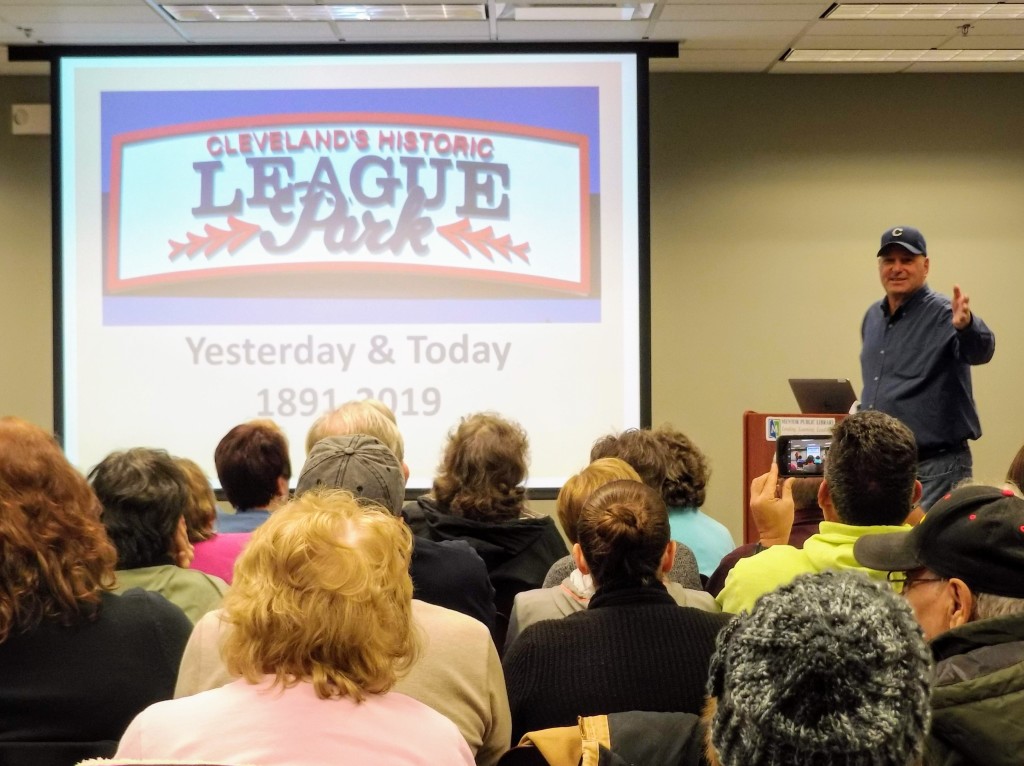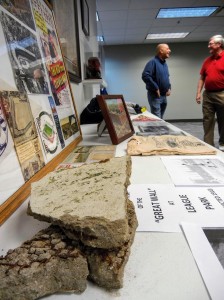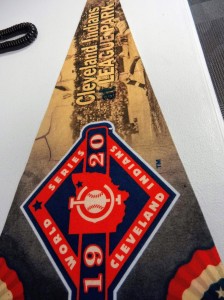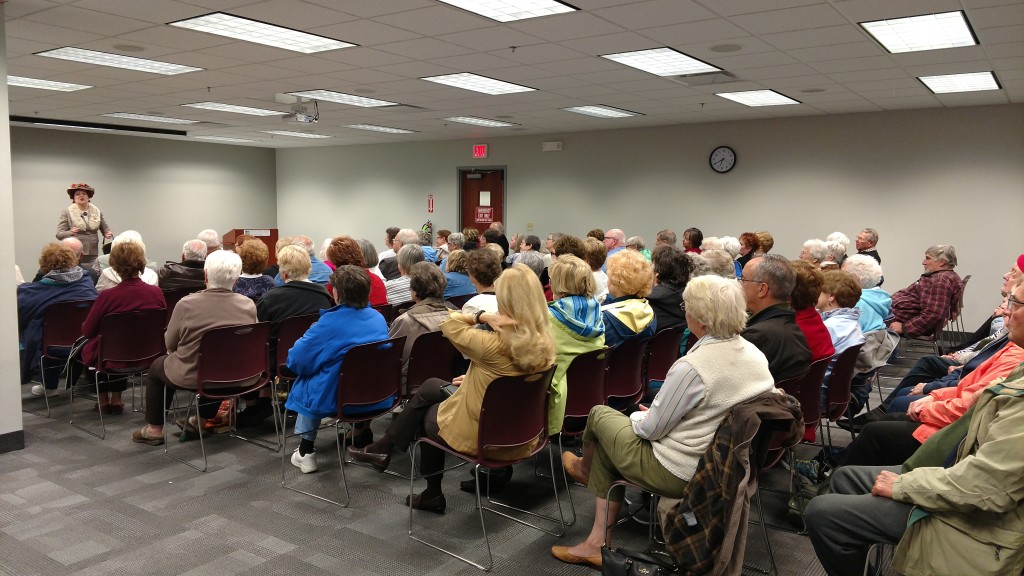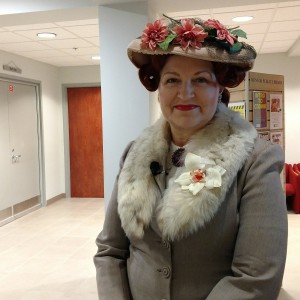Author Jane Ann Turzillo talks true crime, ‘Wicked Women’ & westerns
Jane Ann Turzillo visited our library in October as part of our Mentor Mystery Month.
After her program, we chatted with Turzillo about how she researches historic crimes, what motivates her “wicked women,” and her love of photography and westerns.
Turzillo has written several books about Ohio’s criminal past, including Wicked Women of Northeast Ohio, Murder and Mayhem on Ohio’s Rails, and Unsolved Murders & Disappearances in Northeast Ohio. You can borrow these and more of her books from our library.
By the way, you can see interviews with more of our Mystery month authors, including James Badal, D.M. Pulley, Vivien Chien, and Brad Ricca on our YouTube channel.

